
Nacida como una de las primeras villas veraniegas de la burguesía cordobesa, hoy se ha transformado en "ciudad dormitorio" (denominación que se usa con todas las ciudades en los alrededores de la gran Metrópolis), debido a que la mayoría de sus habitantes trabajan en Córdoba durante todo el día. La Calera brinda sus balnearios en las márgenes del río Suquía, camping y hotelería, circuitos históricos, y actividades relacionadas al turismo de aventura como cabalgatas, caminatas, parapentes, travesías en vehículos 4x4, etc.
Para los que disfruta de los poblados sencillos que apaciguan la vorágine de la ciudad, con sus ríos y balnearios, o que gozan de un sabroso asado bajo la sombra de los sauces.
En La Calera y localidades vecinas, se práctica el mini turismo. Desde La Calera, es posible recorrer el camino que la une con Saldán, Villa Allende y norte del área de la Sierras Chicas.
En la primera población el río reúne a los pescadores que prueban suerte con anzuelos y redes rústicas, otros se deciden por el Camping el Serranito que durante los fines de semana se puebla de canciones populares cordobesas que surgen de las peñas folkloricas.
Entre las montañas se encuentra la Laguna Azul allí se dan cita los jóvenes seguidores de los deportes náuticos, especialmente del buceo, y la diversión. Otros de los atractivos de la región son El Diquecito y Las Mesadas, parajes invadidos por los amantes de la pesca, el montañismo y los asados.
En La Calera, todas las estaciones son bellas, pero el otoño adquiere aquí una gama de colores singular y perfecta.Se puede caminar sorprendiéndose de encontrar a cada vuelta del camino, en la sierra cercana, la naturaleza aún intacta, el alegre regalo de imprevistos y cantarines arroyuelos.La forma más directa de llegar desde la ciudad de Córdoba a esta localidad, es tomando por Av. Colón pasando al frente de los cuarteles del Tercer Cuerpo de Ejército.
DATOS
Distancia a Córdoba: 18Km Altura: 500 mts sobre el nivel del mar.
Clima: seco y tonificante.
Hotelería: es aún limitada. Sin embargo, dispone de hoteles, viviendas de alquiler, bares, disco, centro comercial, camping y balneario.
Camping: existen numerosos lugares en los que se puede acampar con seguridad y abundancia de agua en plena sierra y a escasos minutos de la población. Además sobre el balneario nuevo existe el camping EL SERRANITO, que de la variedad existente, es el mas economico.
Comunicaciones: La Calera es la puerta de acceso al Valle de Punilla por el dique San Roque y Bialet Masse: 17 Km de camino asfaltado fundiéndose en el agreste e imponente paisaje que recorre todo su trayecto, el río y las vias del ferrocarril junto a
los cerros, acentuado por la presencia de dos túneles.
La Calera esta unida a la Ciudad de Córdoba por dos hermosas rutas asfaltadas. Un eficiente servicio de modernos ómnibus la comunica con la ciudad capital y con la vecina Cosquín. También se puede acceder con el Tren de las Sierras, además cuenta con oficina de correo, locutorios etc.
PASEOS
Capilla Vieja: Construida en 1727 por la Compañía de Jesús, que explotó la riqueza natural de su cal (de allí su nombre) que necesitaba para las grandes obras de la ciudad. Se cree que el autor de la capilla fué Andrés Bianchi (SJ), por los detalles finos como el retablo. Puede visitarse durante el día.
Molino Doble: fue levantado en cercanías de la capilla (a la vera de la ruta E-55) hacia en 1776. Frente a la capilla, el padre Noble Canelas construyó un molino hidráulico para granos. Hoy puede apreciarse el edificio, una muela de piedra y restos del antiguo canal.
Municipalidad de La Calera: en este edificio construido en 1935 funciona desde 1963 el Museo Municipal de Bellas Artes creado por el pintor Ricardo Pedroni.
El Chorrito: se encuentra en el oeste de la localidad y fue construido por el doctor Tornú en 1898 con el objeto de tener agua filtrada.
Dique Mal Paso: esta obra fue proyectada por los ingenieros Dumesnil y Cassaffousth, y construida por el doctor Bialet Massé entre 1884 y 1886. Fue construída con el objeto de evaluar la calidad de las cales cordobesas.
Complejo Heliópolis: Pileta Artificial junto al río Suquía.
Laguna Azul: es este lugar existió una de las canteras de la zona. Con el paso del tiempo afloraron vertientes que formaron un espejo de agua cristalina, actualmente funciona un balneario privado, donde se puede practicar deportes náuticos y buceo.
Vieja Usina: Construida entre 1897 y 1902. - Hoy Museo Histórico de Energía Eléctrica.
 http://campingelserranito.blogspot.com/
http://campingelserranito.blogspot.com/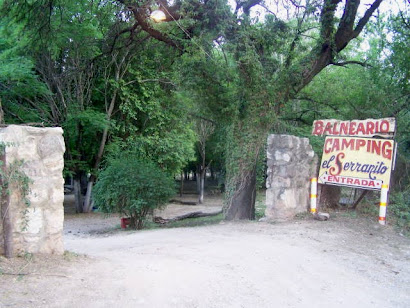
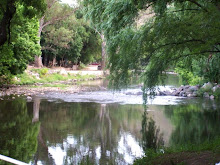
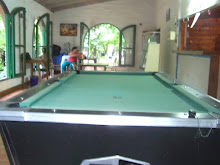
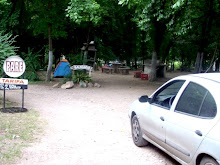
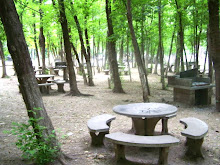


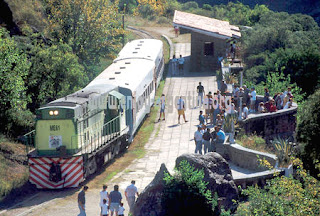

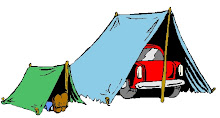

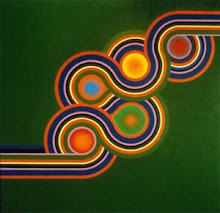

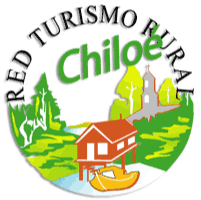





%2520logoRGB.jpg)










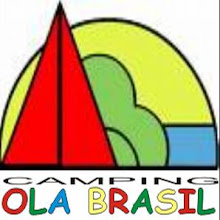


![Validate my Atom 1.0 feed [Valid Atom 1.0]](valid-atom.png)